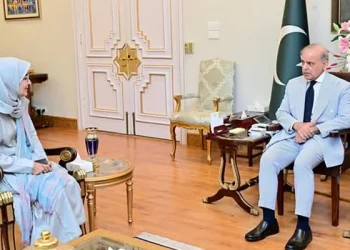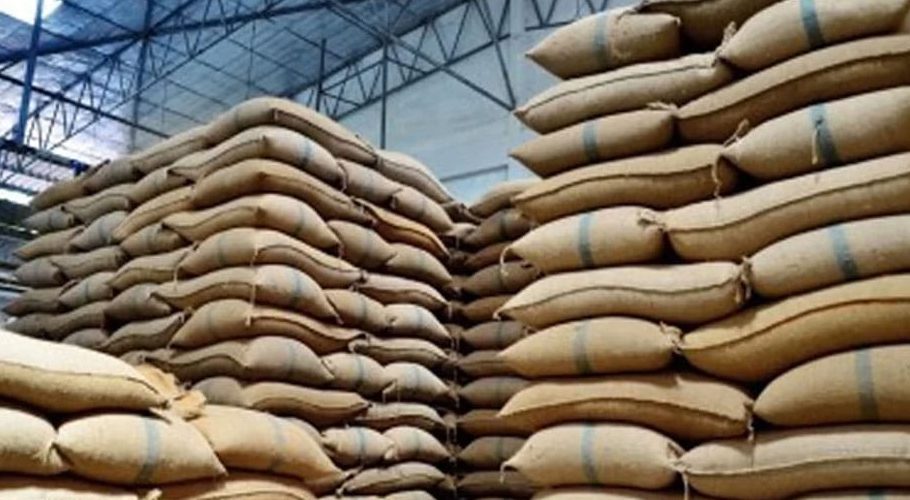Economic statistics show that Pakistan’s economy is gradually moving towards stability, while remittances are being considered an important point. On the other hand, the government has also adapted the economy to modern requirements, including a Roshan Digital Account.
The State Bank of Pakistan’s (SBP) recently launched Roshan Digital Accounts is quickly gaining traction among the Overseas Pakistani community. Let’s take an in-depth review of Roshan Digital Accounts, and remittances and try to understand whether the Pakistani economy is really improving.
Roshan Digital Account
Prime Minister Imran Khan inaugurated Roshan Digital Account in September – an initiative to serve the banking needs of overseas Pakistanis so it is easier for them to invest in their home country.
For the first time in the country’s history, the overseas Pakistani will be able to remotely open an account through an entirely digital and online process without any need to visit a bank branch, embassy, or consulate.
Opening the Roshan Digital Account will require a basic set of information and documents, and only take 48 hours once all documents are complete. The customer can choose either foreign currency or rupee dominated account, or both. Funds in these accounts will be fully repatriable, without the need for any regulatory approval.
Recent Developments
The recent developments were shared at a webinar hosted by the Pakistan High Commission Ottawa and Consulate General of Pakistan Toronto.
Pakistani diaspora had already welcomed the initiative as indicated by some 40,000 RDAs that had been opened by them so far while approximately 1,000 new accounts were being added to the number every day.
The launch of Roshan Digital Accounts is a great step forward in streamlining and steadying the growth of home remittances which have already risen by 10.10 percent from USD 9.6 billion in 2010 to USD 22.50 billion in 2019 with the figure touching an impressive USD 23.12 billion marks in FY 2020.
Steady growth in home remittances reflects on the scale of the commendable contribution made by the Pakistani diaspora to the socio-economic development and prosperity of their country.
Importantly, Pakistan’s performance in getting home remittances in the last 10 years is better than other regional countries such as Philippines, Bangladesh, Sri Lanka and India.
Remittance and Economy
Remittance plays a vital role in foreign exchange earnings for developing countries like Pakistan. Past three decades proved very successful for developing countries which showed an increasing trend of remittance inflow. Worker’s remittance for Pakistan increase over the last decade. United States, UAE, other GCC countries and Saudi Arabia accounted for over 79 percent of total inflow of remittances in Pakistan.
Remittance is important because it affects numerous sector of economy, it helps in developing living standard, remittance inflow does not cause any debt burden on the country which can help to develop the financial sector of the recipient country.
Economic growth can be achieved by foreign remittance as it supports the individuals for their consumption expenditure. Role of remittance for economic development of Pakistan can never be ignored as it provides employment opportunity, poverty reduction, improves standard of living, prevents from the crises of balance of payment, increases foreign exchange reserve, less volatility on exchange rate and improved credit rating of the country.
Has Imran’s govt stabilised Pakistan’s economy?
Things are moving fast on the economic front, especially as Prime Minister Imran Khan mobilises the state machinery to ready Pakistan for new opportunities.
A number of initiatives can be seen at the micro and macro levels focused on agriculture, manufacturing, services, taxation and other sectors. A special focus has also been given to mega water projects, power generation, construction of houses for the poor, the Ehsaas social security programme, and an austerity drive.
Cognisant of the upside of such opportunities, the prime minister is moving forward briskly to boost Pakistan’s image and international rankings in investment, productivity, and competitiveness from the bottom quartile to the top quartile in the next three years.





































